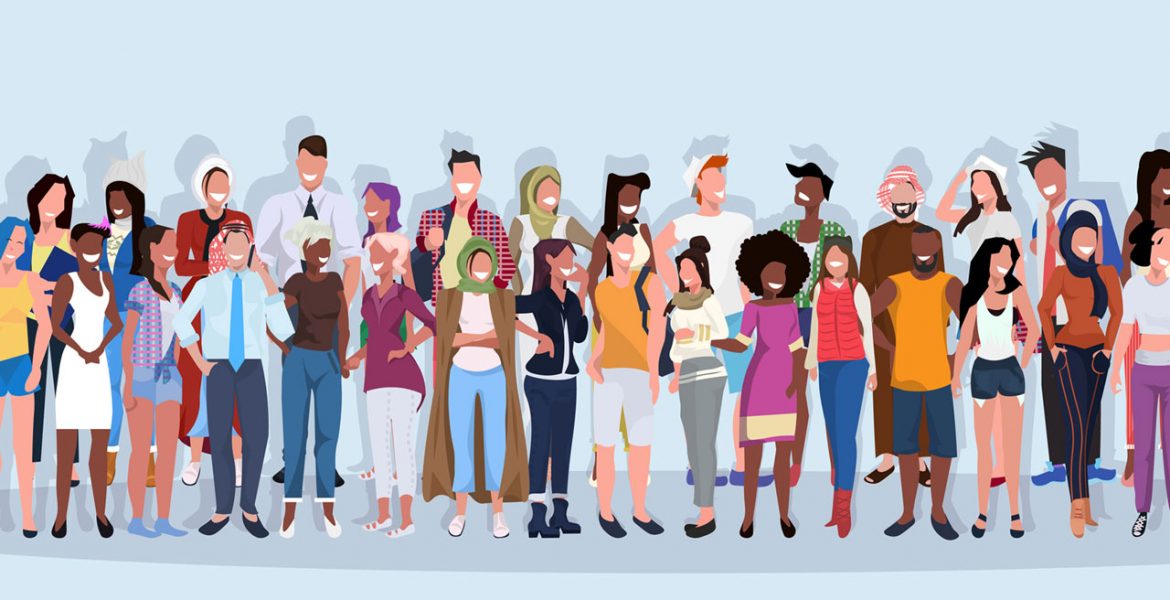In this series Jeroen Thissen (Creative Director) and Erik Rave (Technology Director) from Creative Digital Agency CODE D’AZUR look back on three years of developing voice applications for the likes of KLM Royal Dutch Airlines and LeasePlan. Each episode will highlight a new learning.
The past couple editions we’ve talked mainly about the need to stay flexible and control your own environment. We’ve mainly looked at HOW to structure your service. In this part, we want to start looking at WHAT your service might entail. In this sense there are two stakeholders that define a successful service: the people (primary) and the brand (secondary).
People fit: Why do people need this?
This really goes for anything a brand does. You’ve got to make sure you add real value for people. People will have to want to use your service. Other than a TV ad or a banner you can’t buy your way in. In that sense, voice is really transparent and clear. Build a good service and people will come back. Build a bad service and people won’t.
As mentioned before, you can only really validate your service after your first release. But this doesn’t mean you can’t do research up-front to improve your chances. At CODE D’AZUR we combine contextual interviews, desk research and video diaries to explore service opportunities and determine pains (or gains) in the lives of people we can leverage upon. After ideation and idea selection we quickly build a simple prototype to do a quick validation of the idea. This is how you vastly improve your chances in creating a relevant and useful service. A good place to start looking is the customer journey: what steps do your customers make throughout the entire process around using your product?
Brand fit: Why is the brand doing this?
Once you feel you have an idea that can work for people, it is obviously also imperative that it works for your brand. It needs to have ‘brand fit’. If there is no connection between the solution you are offering, and the vision of your brand, people will simply not understand what you are doing. Even if the solution itself is great, you are still diluting the brand value. It would make very little sense for Tesla to start a cooking manual or for Coca-Cola to start a train departure time table.
Keep in mind that, ideally, the service also is unique to your brand. Look for ways to use your own data (that’s not available anywhere else, also not for Google) to make a relevant service. In KLM’s voice services we use data from the Schiphol API, Amsterdam’s local airport, to advise people on when to leave their homes for a flight. This makes the service unique for KLM.
This unique offering can be anything from special price offers you have to services in which you use other specific customer data. Because if the data is already public, you’re not offering anything new or unique. If you’re a mayonnaise brand, you could create an action to give me information about your product, or even recipes that involve mayonnaise. But I can already ask Google this information. And it’s probably better and faster. So why would I take the extra step and go to your brand? There’s no value for me as a user. That’s why Disney does not just give Star Wars trivia, but turns it into a challenge. Or why Netflix does not just give you information about their show Stranger Things, but turns it into a game.

